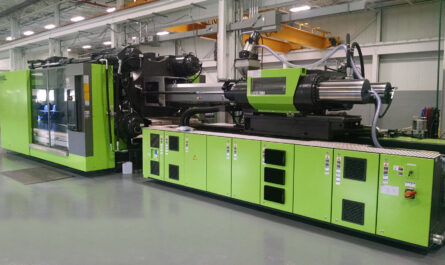Phosphor screen scanners have emerged as powerful new medical imaging tools that are poised to transform how doctors visualize the human body. By digitizing X-rays and other images captured on photostimulable phosphor plates, these scanners provide physicians with highly detailed digital files that can be easily shared, analyzed, and stored versus traditional film-based images.
How Phosphor Screen Technology Works
Phosphor screens contain a material, usually a crystalline halide of a rare earth element such as europium or barium, which emits light or becomes fluorescent when exposed to ionizing radiation such as X-rays. When a phosphor screen is placed in the path of an X-ray beam during a medical imaging exam like a mammogram or chest X-ray, the radiation causes part of the phosphor material to absorb and store energy.
After exposure to X-rays, the phosphor screen is then scanned by a laser beam within a phosphor screen scanner. The laser stimulates the phosphor crystals that absorbed X-rays, causing them to emit visible light photons in amounts proportional to the incident X-ray exposure. Sensors within the scanner detect and measure the amount of light released and use this data to construct a digital image file. The scanning process fully erases the latent X-ray information on the screen, allowing it to be reused for additional exams.
Advantages Over Traditional Film Radiography
Phosphor screen technology provides clear benefits over traditional film-based X-rays. Digital files from scanners are sharper and of higher resolution than photographic film, allowing radiologists to spot subtle abnormalities more easily. Digital images also have significantly larger dynamic range than film, increasing contrast between different tissue densities.
Scanners eliminate the chemical and wet processing involved with traditional X-ray film. Digital files can be enhanced, edited, archived, and transmitted electronically, whereas physical films require storage space and are prone to damage or loss. Computer screens used for viewing digital exams also permit window level adjustments that highlight different soft tissue contrasts not possible with films viewed on light boxes.
Types of Phosphor Screen Scanners
There are two main types of Phosphor Screen Scanner depending on where the laser spot is focused during the scanning process. In a charge-coupled device (CCD) scanner, the laser spot is focused to a single line that scans back and forth across the screen. A linear CCD detector array then senses the light emitted and converts it to electrical signals.
In a camera-based scanner, the laser spot is defocused to illuminate the entire screen area at once. A digital camera with optional lenses instead of a linear CCD array captures the light emitted from the entire screen in a single exposure. Camera scanners generally provide better image quality but are more expensive than CCD models.
Applications in Various Imaging Modalities
Virtually all modern X-ray exams from dental X-rays to chest radiographs utilize phosphor screens coupled with digital scanners. Some common medical imaging modalities that employ this technology include:
– Mammography – Phosphor plates allow for very high-resolution breast imaging critical for early cancer detection. Digital files make computer-aided diagnosis possible.
– General radiography – Chest, abdominopelvic, and skeletal X-rays are often captured on phosphor plates for conditions like pneumonia, bowel obstructions, and bone fractures.
– Fluoroscopy – Interventional radiology and cardiovascular catheterization procedures employ real-time fluoroscopic imaging with phosphor plates and scanners.
– Computed radiography (CR) – Special CR cassette holders contain phosphor plates that are latently exposed in regular X-ray machines and then scanned.
– Dental radiography – Intraoral dental films are digitized by small, intraoral phosphor plate scanners.
– Photography – Photostimulable storage phosphor plates are used in industrial and scientific applications for capturing latent images too dim for direct photography.
Future Advancements
Phosphor screen and scanner technology continues evolving. New scintillating materials with improved sensitivity, resolution, and erasability are under development. Advances in laser and detector engineering aim to achieve even higher image quality scans in less time at lower costs.
Three-dimensional (3D) tomosynthesis using moving phosphor plate/scanner combinations holds promise for improving diagnostics in mammography and other fields. Integrating phosphor plate scanning directly into newer multi-detector CT and MRI systems may one day eliminate the need for separate digital radiography rooms.Phosphor screens and scanners will likely remain essential tools for medical imaging well into the future.
*Note:
1. Source: Coherent Market Insights, Public sources, Desk research
2. We have leveraged AI tools to mine information and compile it




